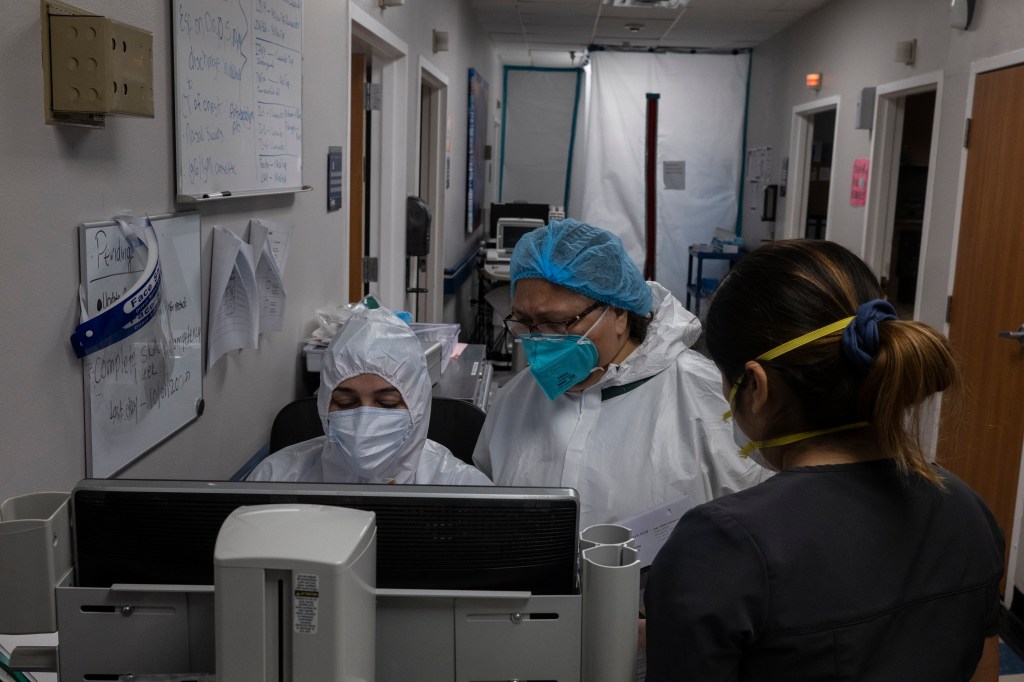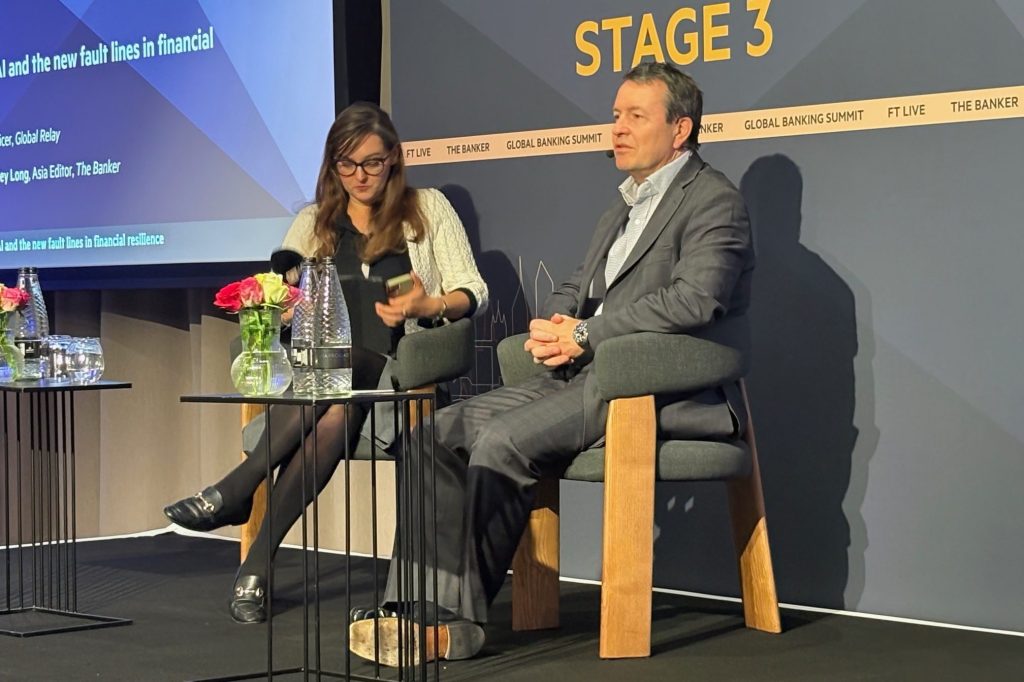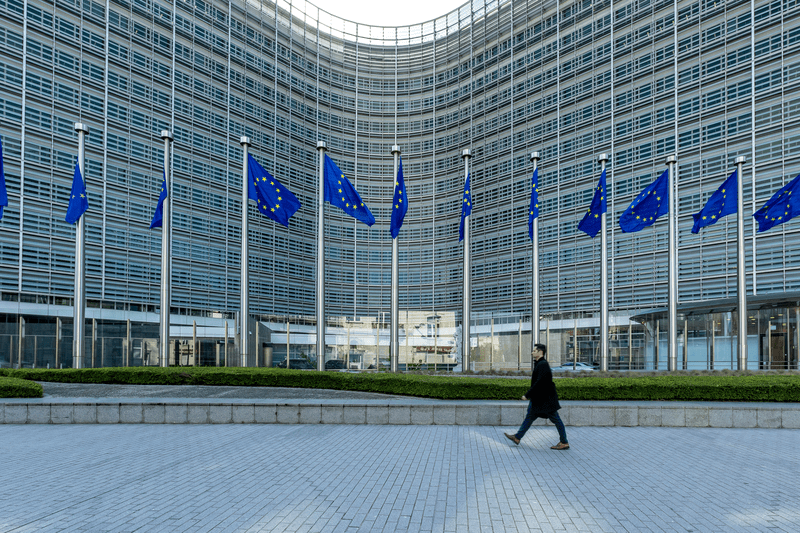On May 26, 2023, the European Supervisory Authorities (ESAs) published a joint Discussion Paper on criteria for critical ICT third-party service providers and oversight fees. This Discussion Paper follows the request for technical advice that was sent by the European Commission (Commission) to the ESAs in late December 2022.
The ESAs
Register for free to keep reading.
To continue reading this article and unlock full access to GRIP, register now. You’ll enjoy free access to all content until our subscription service launches in early 2026.
- Unlimited access to industry insights
- Stay on top of key rules and regulatory changes with our Rules Navigator
- Ad-free experience with no distractions
- Regular podcasts from trusted external experts
- Fresh compliance and regulatory content every day












